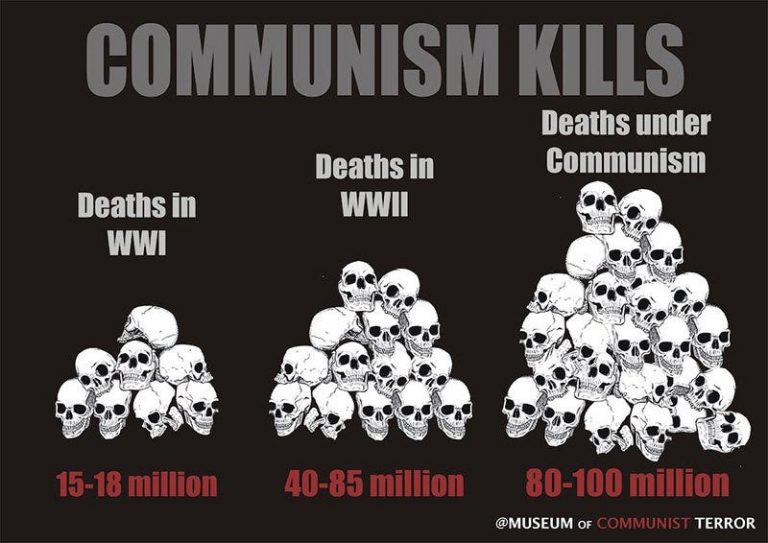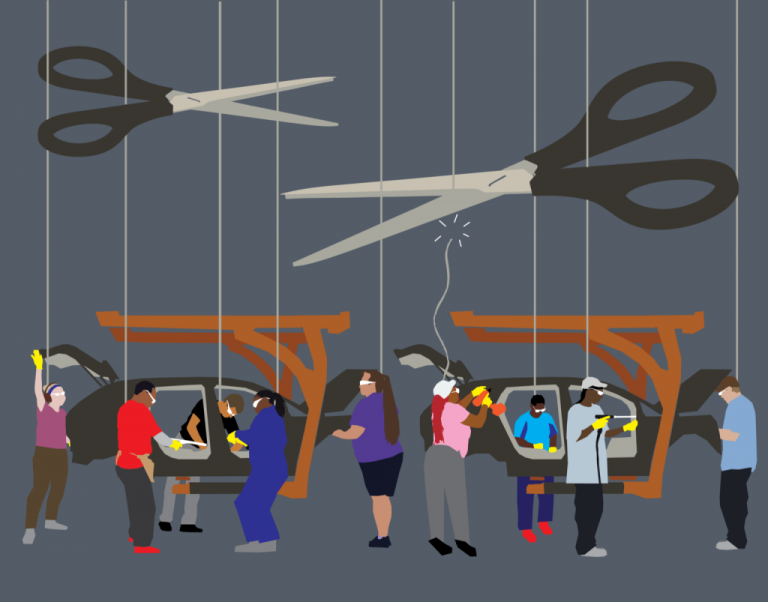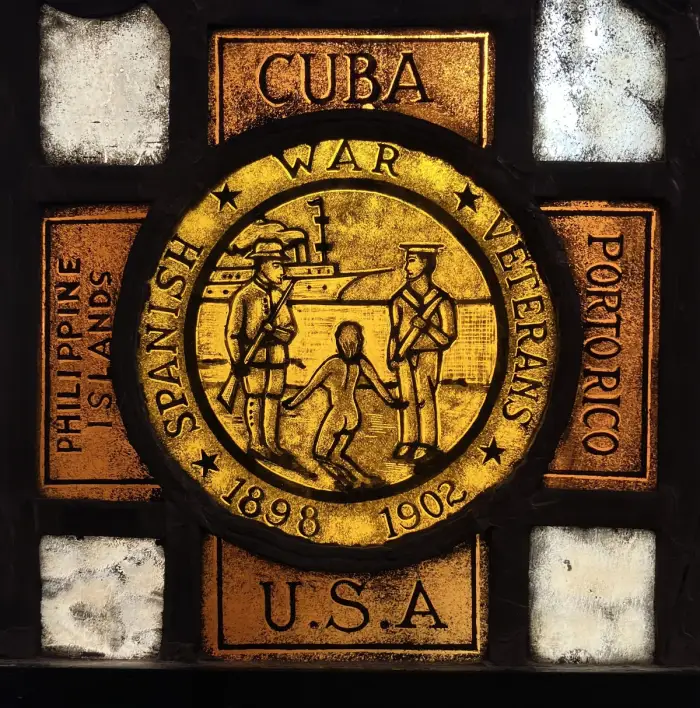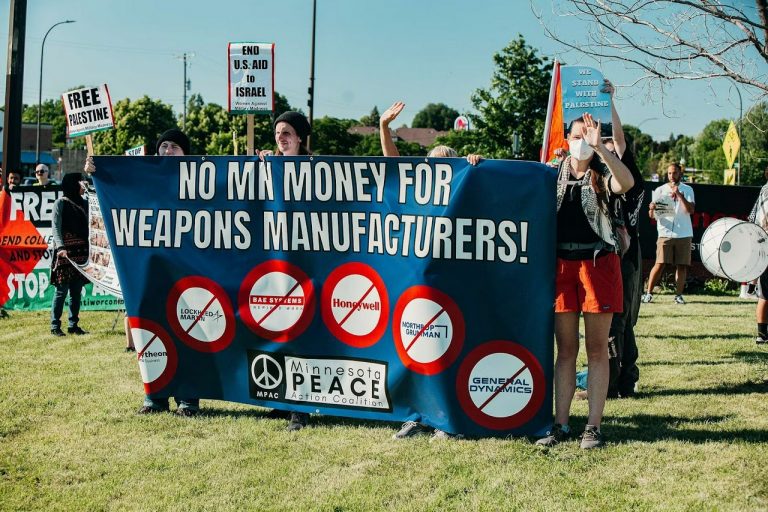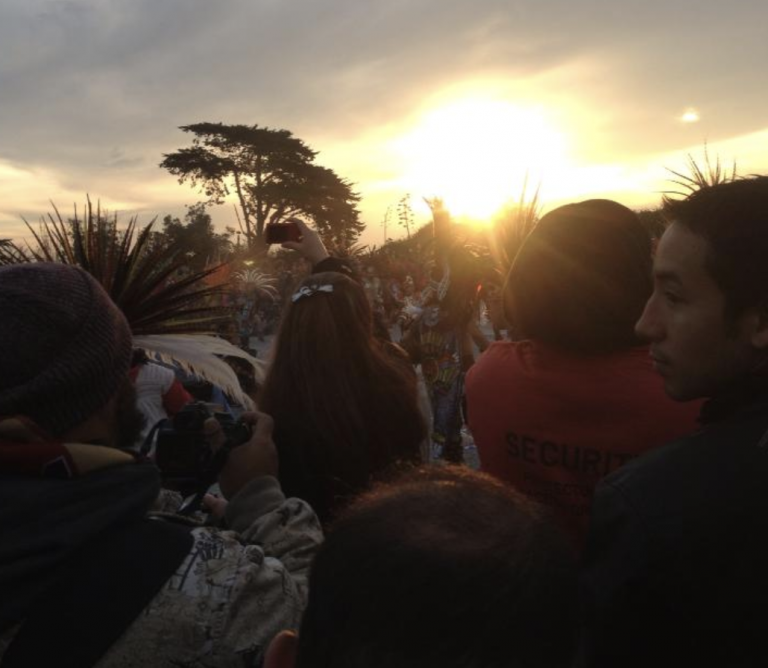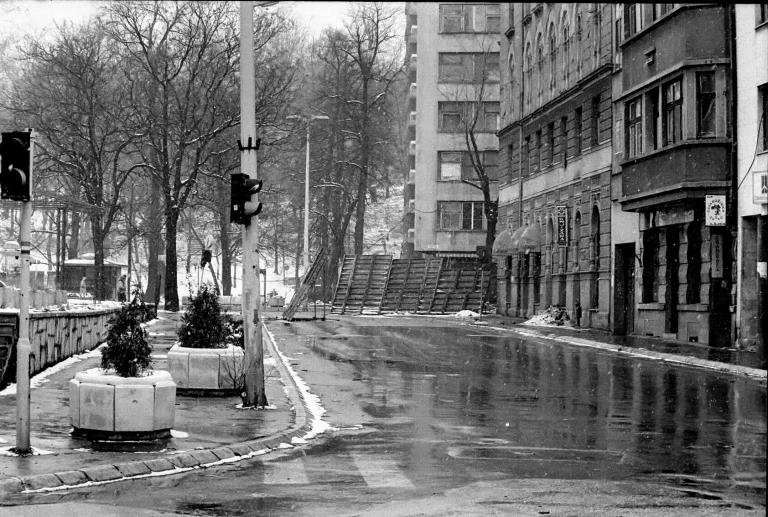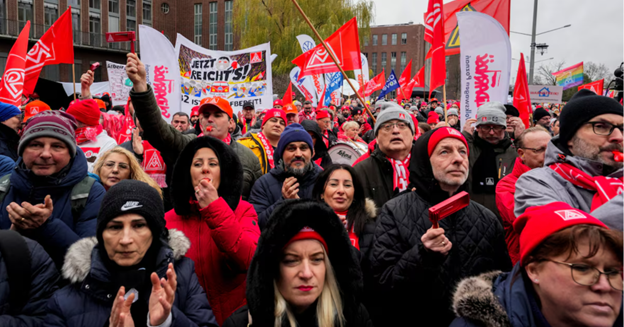Understanding The Relationship Between Zionism And Fascism
Despite the mutual admiration of Zionists and fascists, both historically and in the present, it is generally considered unhelpful to characterize Zionism as fascism. However, viewing fascism from the perspective of the Black radical tradition, with its emphasis on racialism, colonialism and imperialism, rooted in supremacist ideas of western civilization, helps make fascism a useful concept for understanding Zionism.
In popular definitions of fascism it is detached from nationalism and associated most strongly with authoritarianism. Israel’s self-presentation as a liberal democracy, the result of a national self-determination project, and even an anticolonial Indigenous manifestation, conflicts with dominant ideas of what fascism is.





